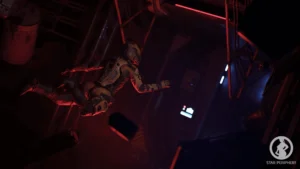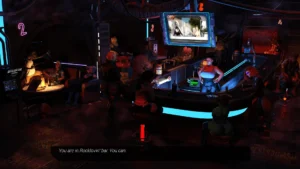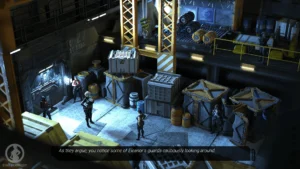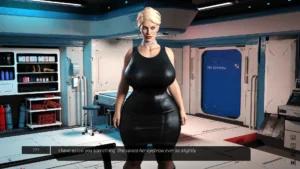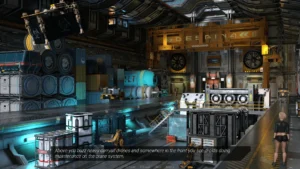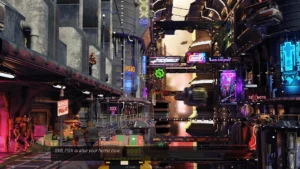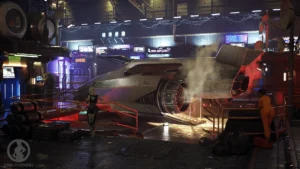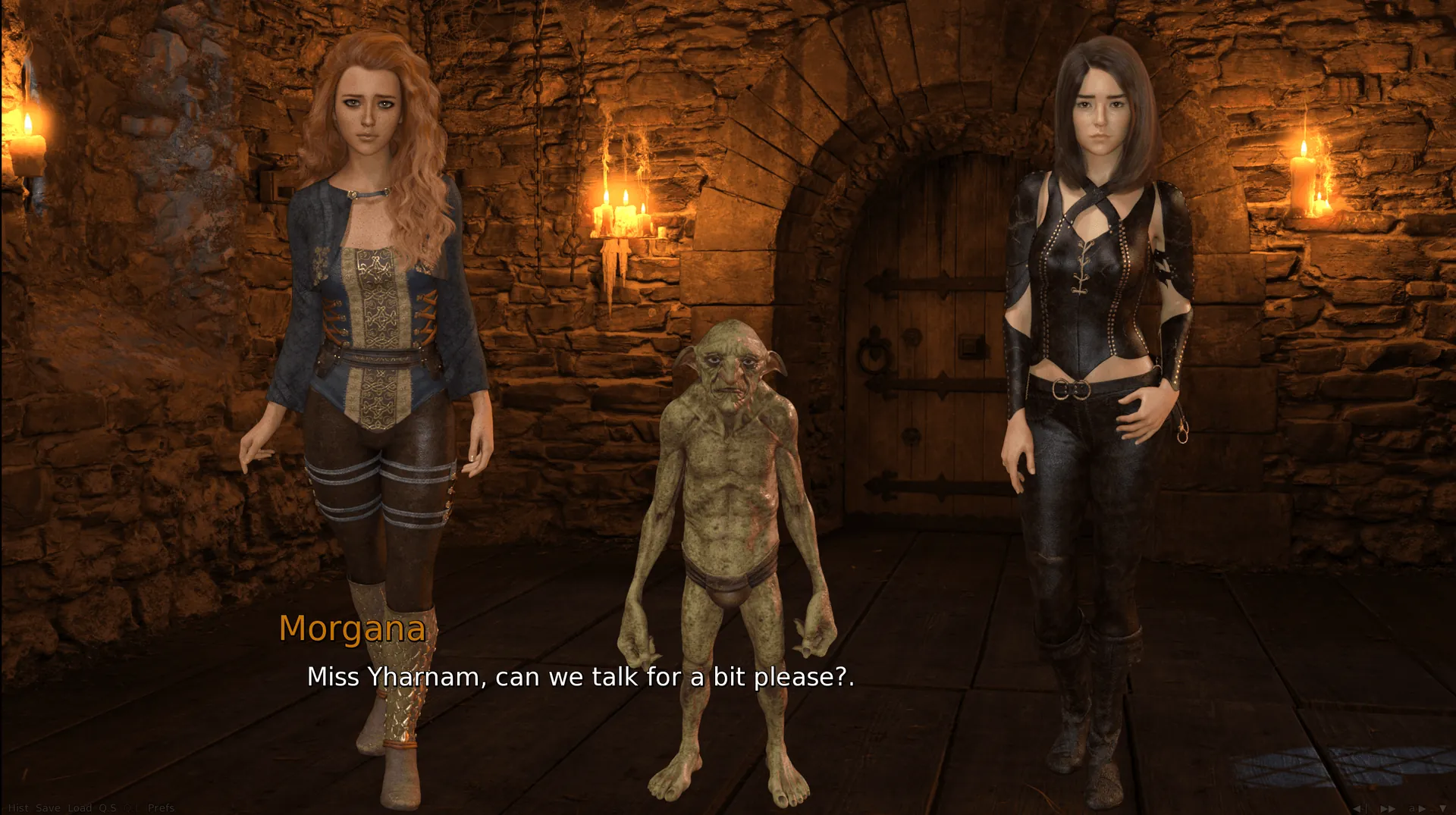
Star Periphery
Play Star Periphery
Star Periphery review
Explore the unique narrative, gameplay mechanics, and immersive world of Star Periphery
Star Periphery is a captivating visual novel set in a gritty sci-fi universe that combines a choice-driven narrative with immersive character interactions. This game offers players a unique experience through its semi-linear storyline, atmospheric design, and diverse character-driven content. Whether you’re new to Star Periphery or looking to deepen your understanding, this article will guide you through its core features, gameplay mechanics, and tips to fully enjoy the game’s rich world.
Exploring the Narrative and Setting of Star Periphery
What is the story behind Star Periphery?
Let me paint you a picture. You’re drifting in the cold, silent expanse of space, the sole survivor on a derelict ship. The only company you have is the ship’s damaged AI and the haunting memory of a crew that’s gone. This is where the Star Periphery story begins, and let me tell you, it hooks you from the very first moment. 🚀 It’s a masterclass in building tension and intrigue, making you the central architect of your own survival mystery.
The core of the Star Periphery story is a semi-linear narrative. This means you’re following a central plot—unraveling the mystery of what happened to your ship, the Odyssey, and its crew—but the path you take is uniquely yours. I remember one playthrough where I was so paranoid about a potential stowaway that I spent hours meticulously checking cargo logs. This seemingly small decision, one of many Star Periphery narrative choices, later revealed a hidden compartment with data that completely changed my understanding of the “accident.” It wasn’t just a random event; my suspicion had directly led me to a major plot twist. Your curiosity, your fears, and your interactions directly write the pages of this sci-fi thriller.
The beauty of the Star Periphery story branches is that they feel organic. You aren’t just picking “Good,” “Neutral,” or “Bad” from a dialogue wheel. You are making decisions based on your own reasoning and the information you’ve gathered. Do you trust the cryptic warnings from the AI, ARIA? Or do you believe the fragmented logs from a crew member who might have been compromised? These Star Periphery narrative choices are the heart of the game, creating a deeply personal connection to the unfolding drama.
Here’s a concrete example of how a choice can ripple through the entire experience:
The Situation: You discover a damaged escape pod. The life signs are faint. Repairing it will consume a significant portion of your remaining power, potentially leaving you vulnerable.
Choice A: Expend the power to rescue the survivor.
* Short-term Consequence: You are now low on power, limiting your options for scanning and defense.
* Long-term Consequence: The survivor provides crucial intel about a corporate conspiracy, unlocking a whole new story branch and a powerful ally.Choice B: Conserve power and leave the pod.
* Short-term Consequence: You maintain your power reserves, feeling secure.
* Long-term Consequence: You remain in the dark about the true threat, and later in the game, you face the consequences of that ignorance alone.
This is what sets the Star Periphery story apart. You’re not just watching a mystery; you’re living it, and your decisions carry real, sometimes heartbreaking, weight. 😮💨
How does the sci-fi setting enhance the experience?
If you’re tired of the sterile, chrome-plated futures of some sci-fi, you’re going to fall in love with the Star Periphery sci-fi setting. This isn’t a universe of gleaming utopias; it’s a world that feels used, repaired with spit and tape, and haunted by the ghosts of its own ambition. The developers have channeled that glorious, gritty aesthetic of classic B-movies, where technology is functional, often failing, and always has a story to tell. Think less Starfleet and more Alien or Blade Runner. 🛸
The Star Periphery immersive world is built on this “lived-in” philosophy. Every corridor of the Odyssey has scuff marks on the walls. Every console has a coffee stain or a hastily scribbled note tucked under the monitor. The lighting is often dim, flickering, casting long shadows that make you jump at every creak and groan of the ship’s hull. This attention to detail does more than just set a mood; it actively contributes to the immersion. You don’t just see that you’re on a damaged vessel; you feel it. The setting itself becomes a character—one that is hostile, mysterious, and utterly compelling.
This gritty Star Periphery sci-fi setting directly influences the gameplay and narrative. Because resources are scarce and the environment is unforgiving, your decisions carry more weight. That flickering light isn’t just for atmosphere; it might be a sign of a failing power grid you need to address. A strange noise in the ventilation shaft could be nothing, or it could be the first clue to a major discovery. The world is constantly feeding you information, making you an active participant in your own survival.
The charm of this aesthetic is how it grounds the incredible. You’re dealing with AI and cosmic mysteries, but it all happens against a backdrop of worn-out jump seats and malfunctioning holographic displays. This contrast makes the Star Periphery immersive world believable and, frankly, a lot cooler. It’s a universe you can imagine existing, with all its rust, wonder, and danger. 🌌
What makes the characters and dialogue stand out?
In a narrative-driven game, the cast can make or break the experience. I’m thrilled to report that the Star Periphery characters are an unforgettable bunch, brought to life by some of the most natural and engaging writing I’ve encountered. You won’t find cliché space heroes here. Instead, you’ll meet flawed, complex individuals (and non-individuals) whose motivations are as murky as the space dust outside your viewport. 👥
The true star of the show, for me, is ARIA, the ship’s AI. She isn’t just a glorified computer that opens doors. Her personality is fragmented, a result of the damage the ship sustained. One moment she’s your calm, logical guide, and the next she might recite a fragment of a forgotten poem or display a glitch of what seems like genuine fear. Building a relationship with her—deciding whether to treat her as a tool, a patient, or a companion—is one of the most rewarding parts of the game. The Star Periphery dialogue with ARIA is a masterclass in creating a deep connection with a non-human character.
And this extends to every character you meet. The Star Periphery characters you interact with, whether through recovered logs or direct communication, all have distinct voices and hidden depths. A gruff engineer’s logs might reveal a surprising sentimental streak, while a corporate executive’s smooth-talking messages hide a desperate panic. You learn about them not through exposition dumps, but through their words—how they speak, what they choose to say, and what they leave unsaid.
The Star Periphery dialogue system is your primary tool for exploration. It’s not just for advancing the plot. By choosing specific lines of inquiry, showing empathy, or even being confrontational, you can unlock hidden backstories, gain valuable trust, and access entirely new areas and story beats. I once spent a full conversation cycle just asking a character about their home planet, a topic completely unrelated to the main mystery. This act of genuine interest later made them my most loyal ally when I needed help most. It proved that in this world, conversation is a currency more valuable than credits.
Here’s a quick look at how different dialogue approaches can shape your relationships:
| Dialogue Approach | Potential Outcome |
|---|---|
| Logical & Analytical | Gain technical information and bypass certain security systems. Earn the respect of systematic thinkers. |
| Empathetic & Supportive | Unlock personal character stories and secrets. Characters are more likely to share crucial information out of trust. |
| Direct & Authoritative | Intimidate your way through obstacles quickly, but risk alienating potential allies and closing off peaceful solutions. |
✨ The Star Periphery characters and the brilliant Star Periphery dialogue system work in harmony to create a world that feels alive and responsive. You’re not just clicking through text boxes; you’re having conversations that matter, building relationships that can save your life, and uncovering a story that is, in every sense, your own. This is the magic of Star Periphery.
Star Periphery offers a rich and immersive visual novel experience that combines a compelling sci-fi narrative with engaging gameplay mechanics. By exploring its detailed world, experimenting with choices, and paying attention to character interactions, players can unlock diverse story paths and unique content. Whether you are drawn to its atmospheric design or its intricate progression system, Star Periphery invites you to dive deep and enjoy a personalized adventure. Start your journey today and discover all the layers this game has to offer.

